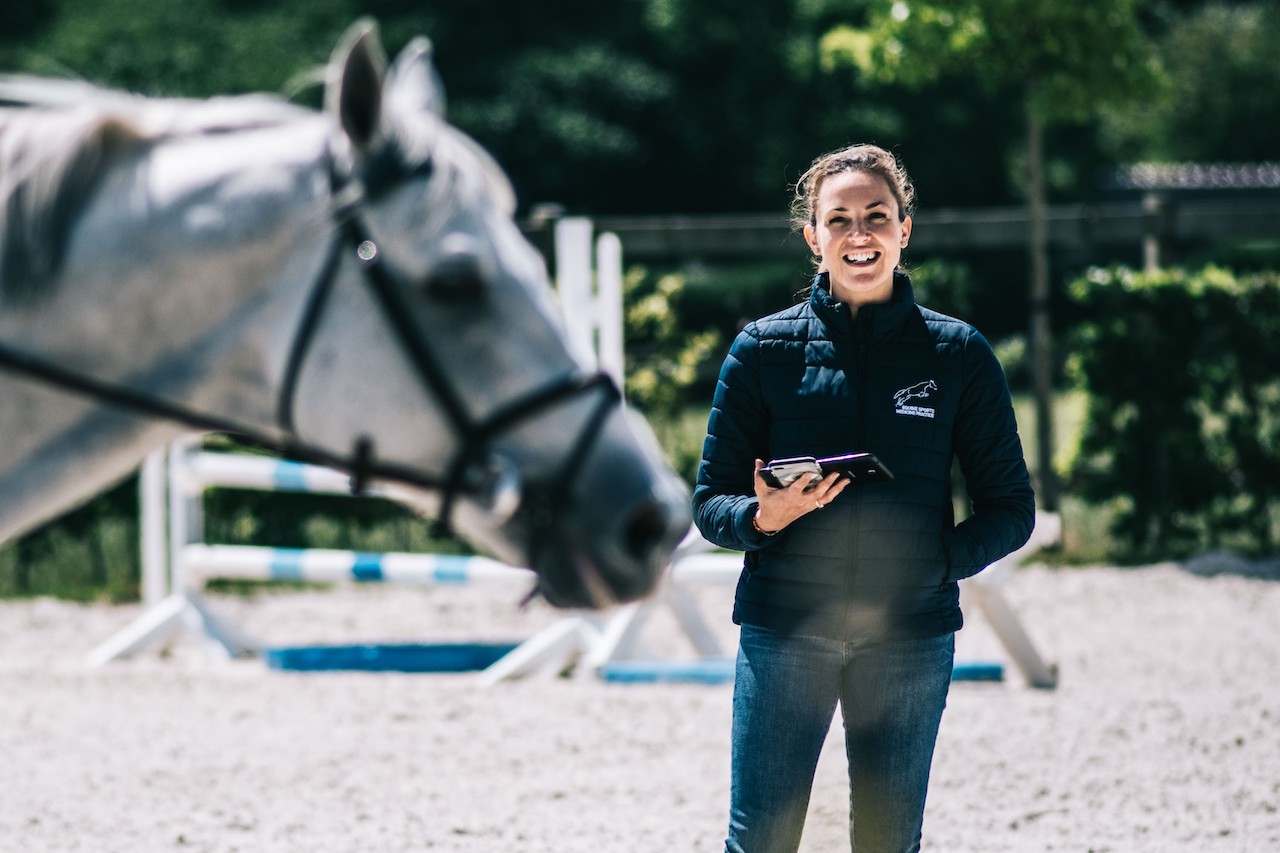Picture: Wilhelm Westergren for Cavalor
This unprecedented period of confinement has put a large number of horses on forced rest. Some live in stalls, while some live out in the field; some continue to train daily, while others have seen their activity decline dramatically. Wondering how you can keep your horses in shape and ready to resume competing as soon as confinement is lifted? Looking for guidance in adapting their diet? The International Federation for Equestrian Sports (FEI) and official partner Cavalor – a world leader in equine nutrition – have some answers to these crucial questions.
In mid-March, riders and sport horses in many countries have seen a sudden upset in their daily routines, with competitions cancelled or postponed, and coaching interrupted. While we humans have to stay at home to help slow the progression of COVID-19, horses continue to require regular physical activity: “Taking horses out every day is absolutely necessary for their well-being,” says FEI Veterinary Director Göran Åkerström. “The situation varies from country to country, and confinement is not applied with the same severity everywhere. In cases where these constraints could affect the well-being of horses, every equine professional, rider, and equestrian facility manager should contact their National Federation for advice or assistance. All National Federations should support their Equestrian Community by facilitating contacts with the authorities to ensure that horses can get the necessary care including daily physical activity.
Emmanuelle van Erck, a European expert in respiratory diseases and nutrition consultant at Cavalor, offers some important reminders: “A resting horse remains in shape for a month. Beyond that, a horse’s musculature begins to atrophy, even if they live in the field or are let out of the paddock daily.” That is why it is important to keep horses training as much as possible, every day: “I recommend at least one gentle exercise and handing session daily to maintain mobility, muscle tone and tendon flexibility. This is all the more true for a senior horse, or one subject to muscular or osteoarticular problems. Conversely, three weekly sessions could be enough for still-developing horses,” adds van Erck.
The veterinarian raises a red flag and the other health effects of forced rest: “A horse confined to her stall will be all the more prone to muscle injuries such as myopathy, but also digestion problems such as colic, not to mention respiratory accidents: in fact, she will be inhaling more dust particles than usual.”
Cavalor Founder and Managing Director Peter Bollen provides a few pointers to help horses stay in their best possible shape: “I recommend instituting a smoother training regimen, picking up the pace for two of those sessions every week. Horses that are trained throughout the entire confinement will be operational as soon as competition resumes.” What about free-range horses for which a training regimen cannot be maintained? “It will take six to eight weeks of progressive training before a horse can once again hit the race track,” Bollen adds.
A horse subjected to an intensive workload through the competition season is not fed in the same way as an animal that is resting or training at a slower pace. For the latter, “It is necessary to reduce the amount of concentrated cereal in their diet, favouring fibre and vegetable oils instead. This not only prevents the animal from getting overweight, but is also the perfect opportunity to rest its stomach and help the system recover”, says Bollen.
Emmanuelle van Erck details the protocol to follow: “The transition should be as smooth as possible, in order to preserve the horse's intestinal flora. A sudden transition would expose the horse to diarrhoea, constipation or fermentation. Change the animal’s diet gradually over the course of about ten days, while reducing portions in commensuration with the slowing of the horse's physical activity. In case of doubt, reach out to a nutritionist. Conversely, you can use a number of online tools that can calculate specific portions based on data such as age, weight, workload, etc.” You can use Cavalor’s own online tool at mycavalor.com to maximize your animals’ individual diets.
“Not only are we committed to offering a wide range of products that help keep horses high-functioning, fit and happy, but also to educating all riders and horse handlers so that they can understand and implement the principles of a proper diet for each of their horses,” Bollen concludes.
You can also use this period to transition to a more natural diet, including fodder: “High quality hay can help maintain calorie intake. Moist hay can be left out – ideally in a net rather than in bulk – to prevent the horse from feeding too quickly. This has the significant advantage of keeping the horse busy throughout the day, improving morale, as well as protecting the digestive system by producing acidity that needs to be constantly absorbed. In fact, constant mastication will prevent the horse from getting bored and will help them relax, which will promote calmer behavior,” according to van Erck.
For more information: Cavalor's Tips for weeks without competitions

